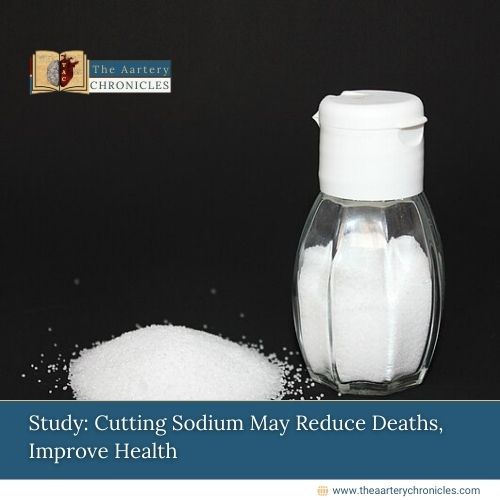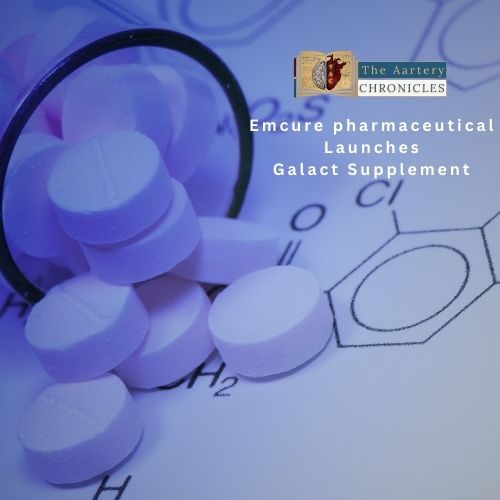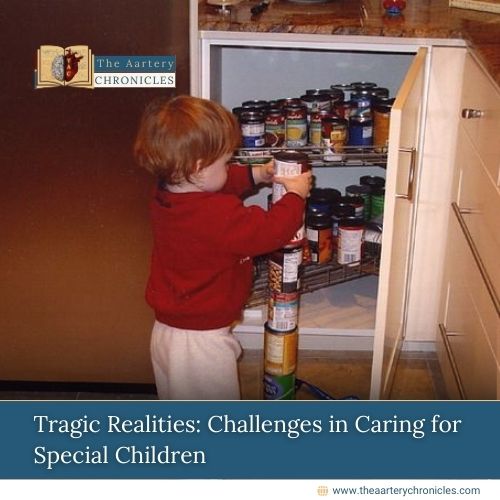

Study: Cutting Sodium May Reduce Deaths, Improve Health
Introduction
A new study published in The Lancet Public Health highlights the major health benefits and economic savings India could achieve by reducing sodium consumption to meet World Health Organization (WHO) recommendations. The research, led by WHO and involving the George Institute for Global Health, Hyderabad, suggests that cutting sodium intake could help prevent hundreds of thousands of cardiovascular and kidney disease cases in the next decade.
Key Findings: Health and Economic Benefits
According to the study, meeting the WHO’s guidelines on sodium intake could:
- Prevent 3 lakh deaths over the next ten years, primarily due to heart and chronic kidney disease.
- Avert 7 million cardiovascular events, including heart attacks and strokes.
- Reduce 700,000 new cases of chronic kidney disease.
- Generate USD 800 million in healthcare savings by reducing treatment needs and other associated costs.
Health Risks of High Sodium Intake
High sodium intake, mostly from salt, is linked to an increased risk of death and disability. While traditionally high in high-income countries, sodium levels in packaged foods are rising in low- and middle-income countries, including India, where sodium consumption is now twice the WHO-recommended limit.
The WHO recommends consuming less than two grams of sodium per day (equivalent to less than five grams of salt, or under one teaspoon). This target is part of WHO’s nine global objectives aimed at curbing non-communicable diseases (NCDs) worldwide.
A Call for National Action in India
Currently, India lacks a dedicated national strategy for sodium reduction, although the Eat Right India initiative, launched in 2018 by the Food Safety and Standards Authority of India (FSSAI), promotes general healthy eating practices, including limiting sodium intake.
Researchers believe a more targeted approach is needed. The study authors emphasize the importance of establishing mandatory sodium benchmarks, particularly for packaged foods, which are a growing part of the Indian diet.
Learning from Global Success
Countries like the UK, Argentina, and South Africa have successfully implemented sodium reduction targets for packaged foods by collaborating with food manufacturers to reformulate products. These efforts have proven effective in reducing population-wide sodium intake.
By following similar strategies, India could significantly lower sodium consumption across its population, reducing the burden of heart and kidney disease.
WHO's 2025 Target
WHO’s goal is to reduce sodium intake globally by 30% by 2025, an objective that could play a vital role in decreasing NCD rates worldwide. As the authors highlight, setting and enforcing sodium content limits in packaged foods could be an impactful step towards achieving this target in India.
Source: Inputs from various media Sources

Priya Bairagi
I’m a pharmacist with a strong background in health sciences. I hold a BSc from Delhi University and a pharmacy degree from PDM University. I write articles and daily health news while interviewing doctors to bring you the latest insights. In my free time, you’ll find me at the gym or lost in a sci-fi novel.








